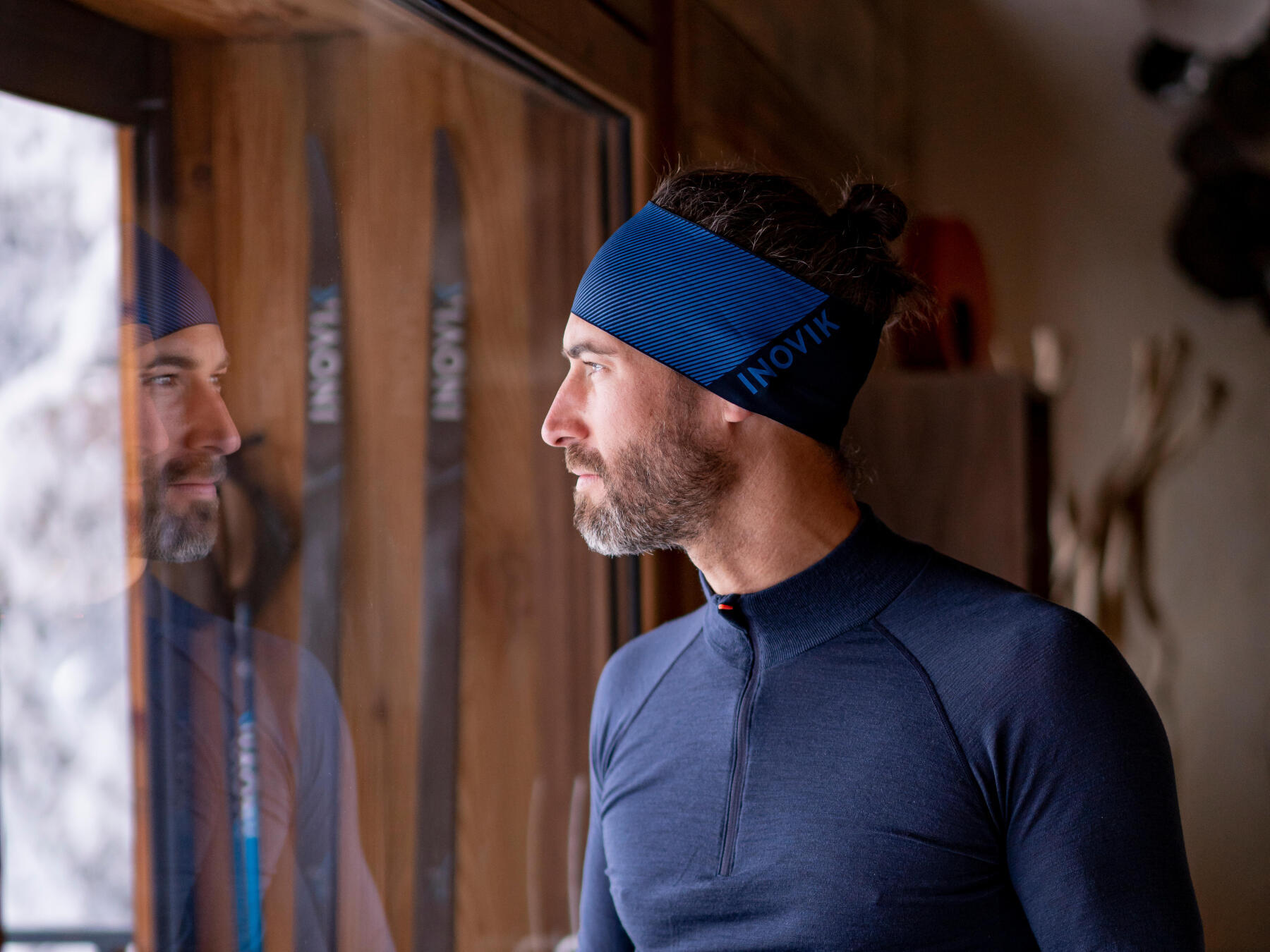1 - Warming up
before a session
To begin with, dress in a multi-layer system and cover your extremities well (gloves, hat, appropriate socks).
Once you have warmed up, you can remove your protective layer for better performance if the weather permits.
Encourage a gentle warm-up: during the first 15 minutes, the body must be allowed to get going without putting too much strain on the muscles to avoid any injury (e.g. straining or tearing).
Rotate your neck, shoulders, wrists and ankles several times at a slow pace.
For your knees: standing with your legs slightly bent and your chest tilted forward, place your hands on your knees. Make small circles with your knees, in one direction, then in the other, with flexibility.




